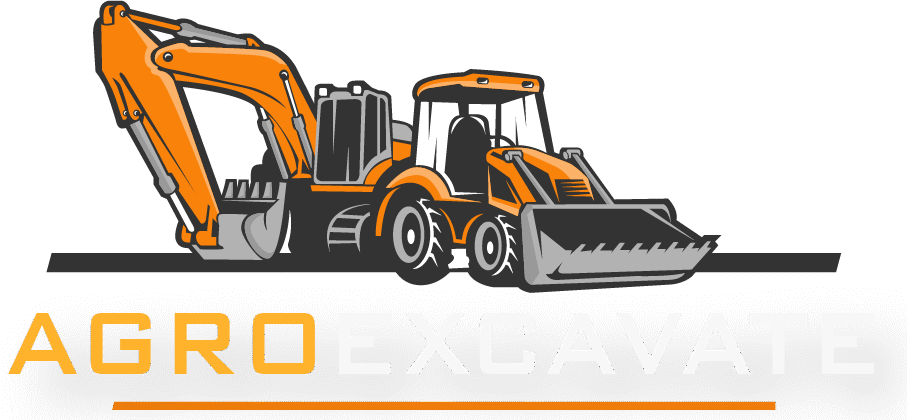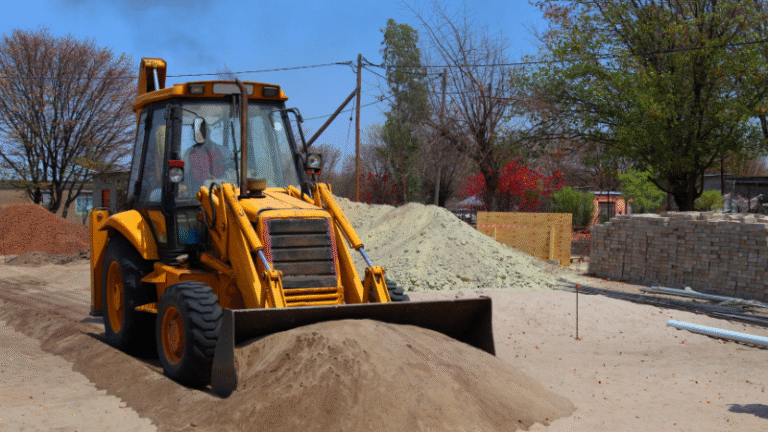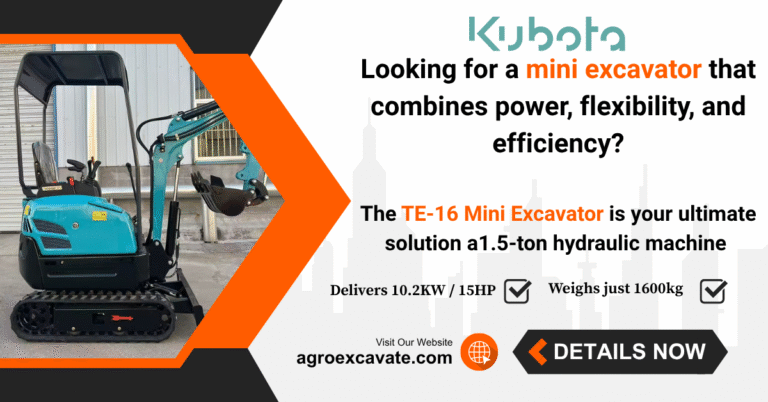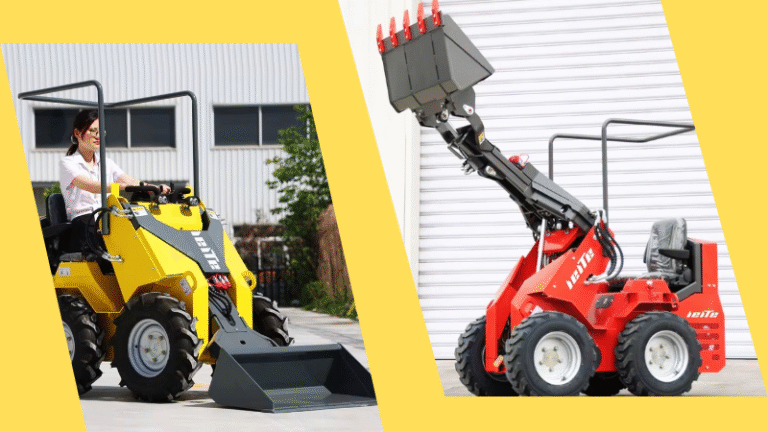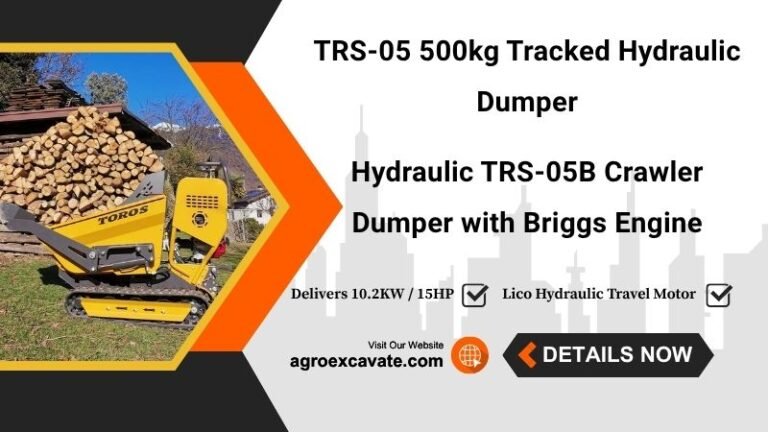Mini Excavators vs. Backhoe Loaders vs. Skid Steer Loaders: The Ultimate Comparison Guide
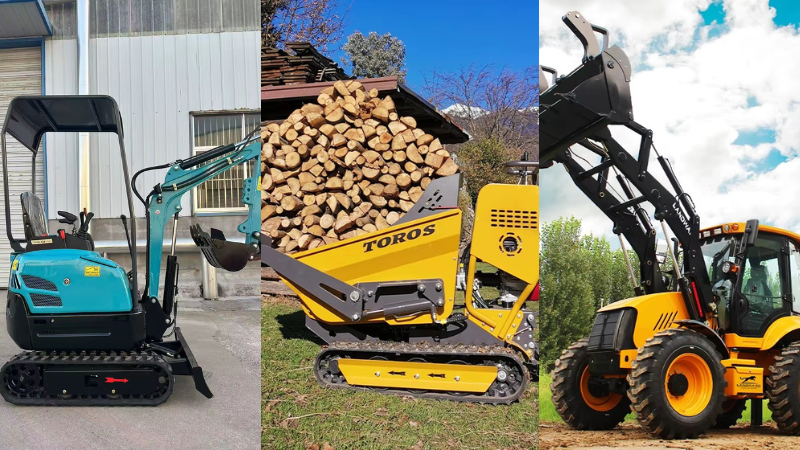
Professionals in agriculture, construction, and landscaping know that the right equipment can make or break a project’s success. Among the myriad machinery choices, mini excavators, backhoe loaders, and skid steer loaders stand out as versatile and powerful workhorses. However, understanding their differences is crucial for choosing the right machine for your specific tasks.
This guide breaks down the technical specifications, bucket capacities, digging depths, hydraulic power, and maintenance needs for these three types of equipment, helping you optimize your operations. Whether you’re considering a compact excavator rental, reviewing backhoe loader specs, or assessing skid steer performance, we’ve got you covered.
1. Mini Excavators
What Are Mini Excavators?
Mini excavators are compact machines designed for precision digging and material handling, particularly in tight spaces. Despite their smaller size, they offer impressive versatility and performance, making them invaluable for trenching, grading, and even light demolition projects.
Key Specifications
- Operating Weight: 1 to 10 tons, depending on the model.
- Engine Power: Typically ranges from 13 to 55 horsepower.
- Digging Depth: Around 7 to 15 feet.
- Bucket Capacity: Between 0.01 to 0.4 cubic yards.
- Swing Radius: Reduced or zero-tail swing models allow for maneuvering in tight areas.
Hydraulic Power
Hydraulics are at the heart of mini excavators, offering high power relative to their size. Most models feature auxiliary hydraulic systems that support attachments like augers, breakers, and thumbs, boosting their versatility across different tasks.
Maintenance Needs
The smaller size of mini excavators translates to reduced fuel consumption and easier maintenance compared to larger machines. Key maintenance tasks include inspecting the hydraulic system, cleaning the undercarriage, and regularly changing filters and fluids.
Use Case: Mini excavators are ideal for precision tasks like digging trenches for irrigation in agriculture, installing drainage systems in landscaping, and working in confined urban construction sites.
2. Backhoe Loaders
What Are Backhoe Loaders?
Often called the Swiss Army knife of heavy equipment, backhoe loaders combine the capabilities of a tractor, loader, and excavator. Equipped with a digging bucket on one end and a loader bucket on the other, backhoes are a favorite for medium-scale projects.
Key Specifications
- Operating Weight: 13,000 to 25,000 pounds.
- Engine Power: Usually between 60 and 100 horsepower.
- Digging Depth (Backhoe Arm): Up to 15 or more feet, depending on the model.
- Bucket Capacity (Loader Bucket): 0.75 to 1.5 cubic yards.
Hydraulic Performance
Backhoes feature a robust hydraulic system capable of powering multiple attachments, including augers, hammers, and compactors. This flexibility ensures they can handle both digging and material transport with ease.
Maintenance Needs
Given their dual-purpose nature, backhoes require diligent maintenance of both the loader and backhoe components. Common tasks include greasing pivot points, inspecting hydraulic hoses, and monitoring engine health.
Use Case: Backhoe loaders excel in projects requiring versatility, such as digging utility trenches, moving large volumes of earth, or removing debris on construction and agricultural sites.
3. Skid Steer Loaders
What Are Skid Steer Loaders?
Skid steer loaders are compact, highly maneuverable machines that excel at lifting, pushing, and grading. Their ability to turn within their own footprint gives them an edge for operating in tight spaces.
Key Specifications
- Operating Weight: 1,500 to 4,000 pounds, depending on the model.
- Engine Power: Typically ranges from 40 to 100 horsepower.
- Lift Capacity (Rated Operating Capacity): 500 to 2,700 pounds.
- Bucket Capacity (General Purpose Bucket): 0.3 to 1.3 cubic yards.
Hydraulic Systems
Often fitted with high-flow hydraulic systems, skid steers are compatible with a range of attachments like mulchers, snow blowers, and trenchers. High-flow systems ensure that demanding implements can be operated effectively.
Maintenance Needs
Skid steers require less upkeep than larger equipment. Focus on maintaining tire or track quality, keeping the cooling system clean, and performing regular checks on fluid levels.
Use Case: Skid steers are particularly suited for tasks like leveling soil, clearing brush, landscaping material handling, and small-scale construction work.
Comparison at a Glance
| Feature | Mini Excavator | Backhoe Loader | Skid Steer Loader |
|---|---|---|---|
| Primary Function | Digging, trenching | Versatility (digging + loading) | Lifting, grading, pushing |
| Operating Weight | 1–10 tons | 13,000–25,000 lbs | 1,500–4,000 lbs |
| Bucket Capacity | 0.01–0.4 cubic yards | 0.75–1.5 cubic yards | 0.3–1.3 cubic yards |
| Digging Depth | 7–15 feet | Up to 15 feet | Limited |
| Hydraulic Power | High, supports attachments | Robust, supports attachments | High-flow for attachments |
| Maintenance Demand | Low | Medium | Low |
How to Choose the Right Machine
Choosing between these machines boils down to project scope, operating environment, and required functionality.
- Choose a Mini Excavator if your project involves precision digging or you’re working in confined spaces, such as urban construction or residential landscaping.
- Choose a Backhoe Loader for mid-sized projects requiring multi-functional capabilities, particularly where digging and loading are equally important.
- Choose a Skid Steer Loader for smaller-scale, lifting-primary tasks, or when working in tight areas requiring high maneuverability and minimal ground impact.
Final Thoughts
Whether you opt for a compact excavator rental or a more robust backhoe loader, understanding each machine’s strengths ensures that your investment pays off in efficiency and productivity. For experienced operators and contractors, evaluating backhoe loader specs, skid steer performance, and mini excavator versatility upfront provides the clarity needed to meet project goals.
Take the time to match your equipment choice with your specific job requirements to maximize performance and ROI.
